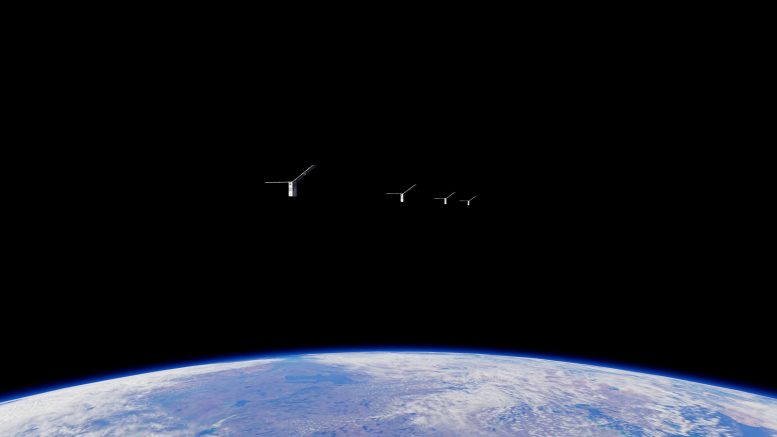
NASA’s Starling six-month mission will use a team of four CubeSats in low Earth orbit to test technologies that let spacecraft operate in a synchronized manner without resources from the ground. The technologies will advance capabilities in swarm maneuver planning and execution, communications networking, relative navigation, and autonomous coordination between spacecraft. Credit: NASA/Conceptual Image Lab/Ross Walter
NASA’s Starling mission lifted off from the launch pad aboard Rocket Lab’s Electron rocket from Pad B and Launch Complex 1 in Mahia, New Zealand, at 1:27 p.m. local time.
Subsequently, the four Starling CubeSats were confirmed to have deployed from the Rocket Lab’s Electron kick stage. The spacecraft, which are designed to work together as a “swarm,” have reached low Earth orbit to begin their mission to test technologies for autonomous positioning, networking, maneuvering, and decision-making.
Now, the Starling swarm will power up and attempt initial contact with the ground; a process that may occur overnight or in the next several days.
NASA is sending a team of four CubeSats into orbit around Earth to see if they’re able to cooperate on their own, without real-time updates from mission control. While that kind of autonomous cooperation may not sound too difficult for humans, this team will be robotic – composed of small satellites to test out key technologies for the future of deep space missions. Credit: NASA’s Ames Research Center
NASA’s Starling mission is a project involving four CubeSats, specifically created to assess various technologies that are vital for facilitating future ‘swarm’ missions. The term ‘swarm’ in the context of space exploration is used to describe a group of spacecraft working together autonomously to fulfill specific objectives. The Starling mission aims to showcase various advancements in space technology, such as inter-spacecraft network communications, onboard relative navigation between spacecraft, and autonomous maneuver planning and execution. The mission will also experiment with distributed spacecraft autonomy, a concept that enables small spacecraft to react independently based on their observations. This represents a significant stride towards enhancing the efficiency of future scientific missions.

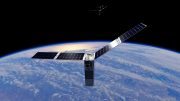
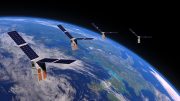


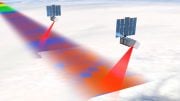

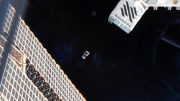
Be the first to comment on "Starling CubeSats Deployed: NASA’s Swarm Satellite Mission Launches on Electron Rocket"